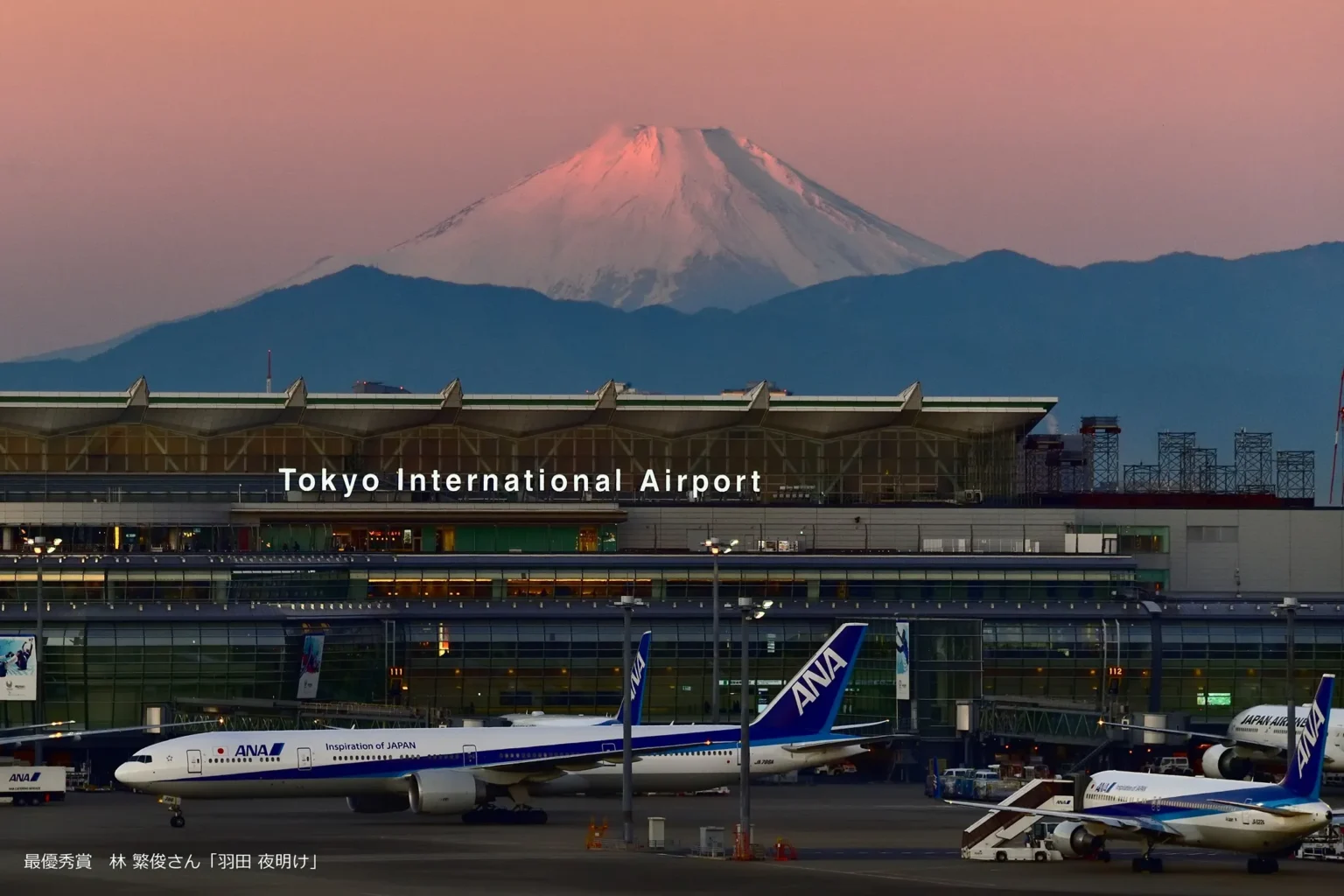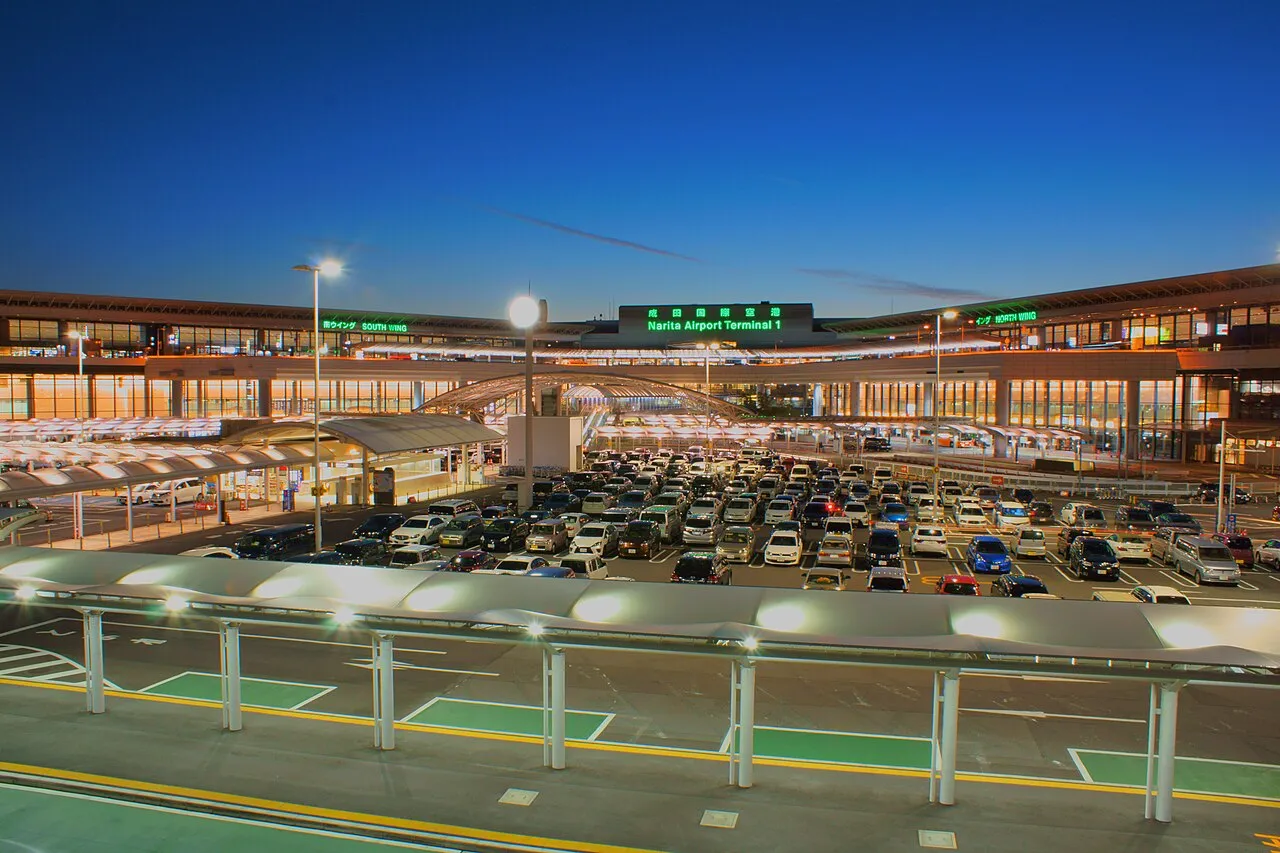 Japan is a country where precision meets artistry, and nowhere is this more evident than in its airports. Beyond being mere transportation hubs, Japan’s airports are thoughtfully designed spaces that reflect the nation’s culture, cleanliness, and innovation.
Japan is a country where precision meets artistry, and nowhere is this more evident than in its airports. Beyond being mere transportation hubs, Japan’s airports are thoughtfully designed spaces that reflect the nation’s culture, cleanliness, and innovation.
Tokyo Haneda Airport is a masterpiece of both efficiency and elegance. With its tranquil lighting, polished wooden finishes, and traditional Edo-style shopping street, Haneda isn’t just a gateway to the capital—it’s a journey through Japanese heritage. At night, its observation decks offer breathtaking views of Tokyo Bay and Mount Fuji in the distance.
 it Narita International Airport, another major hub, surprises travelers with its modern Terminal 3, which features a sports track-style floor design and minimalist Muji-style decor. The terminal feels more like a serene art gallery than a transit point, inviting visitors to slow down and enjoy their surroundings.
it Narita International Airport, another major hub, surprises travelers with its modern Terminal 3, which features a sports track-style floor design and minimalist Muji-style decor. The terminal feels more like a serene art gallery than a transit point, inviting visitors to slow down and enjoy their surroundings.
Kansai International Airport, set on an artificial island in Osaka Bay, is an engineering marvel. Designed by the legendary architect Renzo Piano, its vast, wave-shaped terminal mimics the movement of air and water. As sunlight floods the wide corridors, travelers often find themselves gazing at the sea through glass walls while awaiting their next flight.
New Chitose Airport, serving Sapporo in Hokkaido, blends function with charm. Beyond being a transport hub, it features an onsen (hot spring), a Royce chocolate factory, and even a cinema—offering travelers a taste of Hokkaido’s hospitality before they even step outside.
Fukuoka Airport is known for its close proximity to the city center and its clean, calm environment. Despite being one of Japan’s busiest airports, it maintains a tranquil atmosphere. Its green spaces and efficient layout make it a favorite among domestic travelers.
Chubu Centrair International Airport, near Nagoya, sits on its own man-made island and embodies understated elegance. The Sky Deck, stretching 300 meters, lets travelers watch aircraft up close while feeling the sea breeze—a meditative moment in the middle of travel.
Okayama Airport may be smaller, but it stands out for its seamless integration with nature. Surrounded by greenery and cherry blossoms in spring, it offers a peaceful and visually stunning gateway to Japan’s cultural heartlands.
Kagoshima Airport in southern Japan embraces natural light, wood textures, and clear views of Sakurajima volcano in the distance. The fusion of earthy aesthetics and active volcanic landscapes leaves a lasting impression.
Toyama Airport, with the stunning Northern Japan Alps as its backdrop, is a hidden gem. Especially in winter, snow-capped peaks cradle the airport in a postcard-like panorama, adding wonder to every arrival and departure.
Lastly, Naha Airport in Okinawa welcomes visitors with oceanic hues and palm-lined terminals. It beautifully represents the tropical spirit of the Ryukyu Islands, blending island warmth with polished modernity.
In Japan, airports aren’t just transit points—they’re gateways to experience. Each one tells a story of design, tradition, and respect for detail, offering a serene welcome to travelers from around the world.

